May 21, 2025 | 08:06 GMT +7
May 21, 2025 | 08:06 GMT +7
Hotline: 0913.378.918
May 21, 2025 | 08:06 GMT +7
Hotline: 0913.378.918
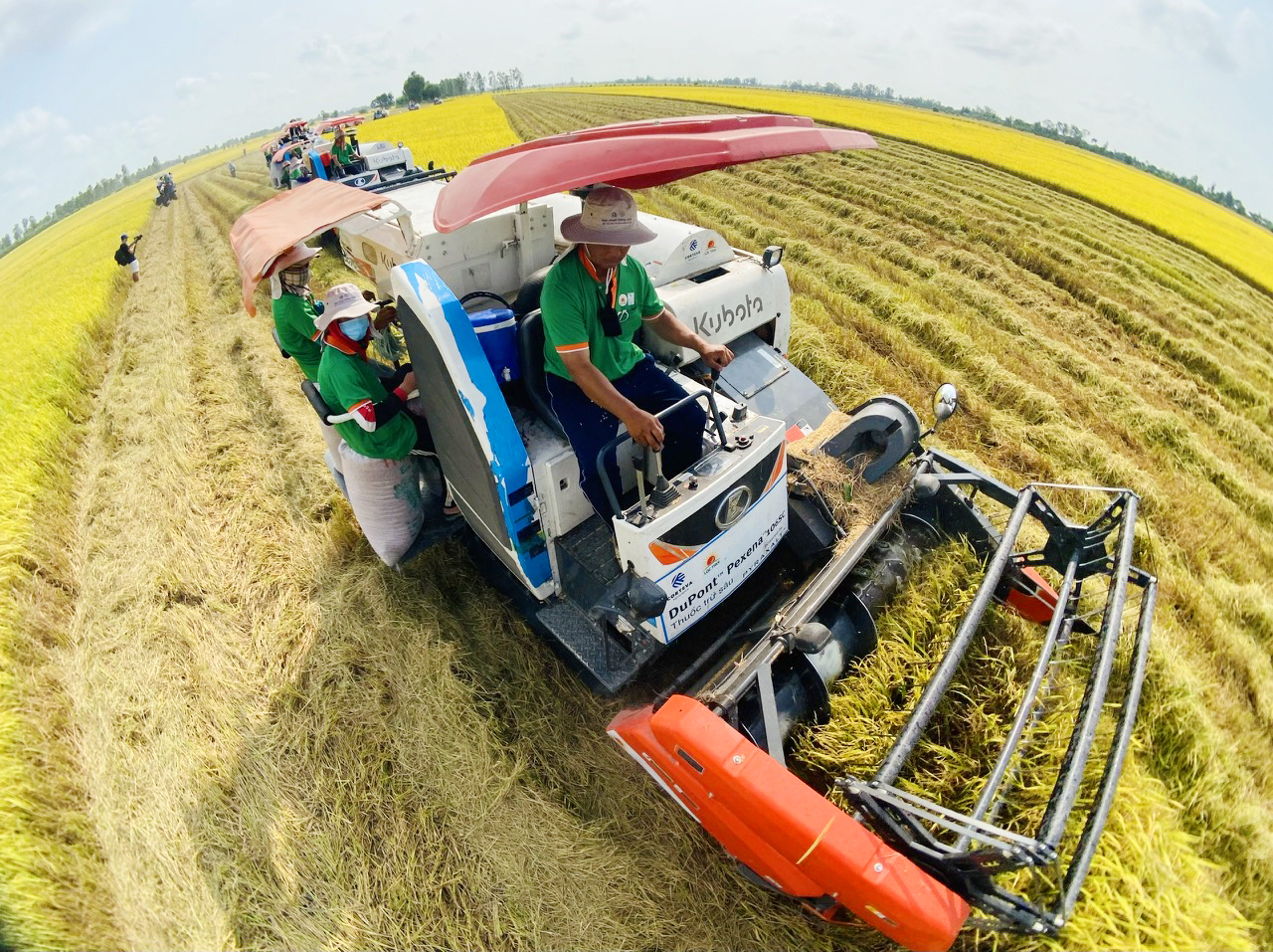
The price of Vietnam's 5% broken rice export reached nearly 650 USD per metric ton, the highest level in eleven years. Photo: Le Hoang Vu.
According to the Vietnam Food Association (VFA), Vietnamese 5% broken rice was priced at 613 USD per metric ton, and 25% broken rice was priced 598 USD per metric ton. These figures indicate a reduction of approximately 30 USD per metric ton compared to the prices at the beginning of September. Concurrently, Thailand has also experienced a continuous decline in its rice export prices, which can be attributed to diminishing import demands and the depreciation of the Thai baht.
The Philippines retains its position as the largest market for Vietnamese rice exports, with a substantial turnover of 1.22 billion USD. China is the next biggest importer of Vietnamese rice, with a turnover of 500 million USD. Additionally, Indonesia has imported over 361 million USD of Vietnamese rice within the first eight months of the year. Vietnamese rice exports have exhibited robust growth in recent months. Vietnamese rice quality currently meets the requirements of every market around the world.
Vietnamese 5% broken rice export has reached an unprecedented price point of nearly 650 USD per metric ton, marking the highest level in eleven years. This escalation in rice prices is primarily attributable to the cessation of rice exports by India, the world's leading rice exporter, which has resulted in a supply shortage and subsequent price surge.
Since India officially halted its rice exports on July 20, Vietnamese 5% and 25% broken rice prices have surged by approximately 85 USD per metric ton. Regarding fragrant rice varieties, the average export price of Vietnamese Jasmine rice has approached nearly 700 USD per metric ton, indicating an increase of approximately 80 USD.
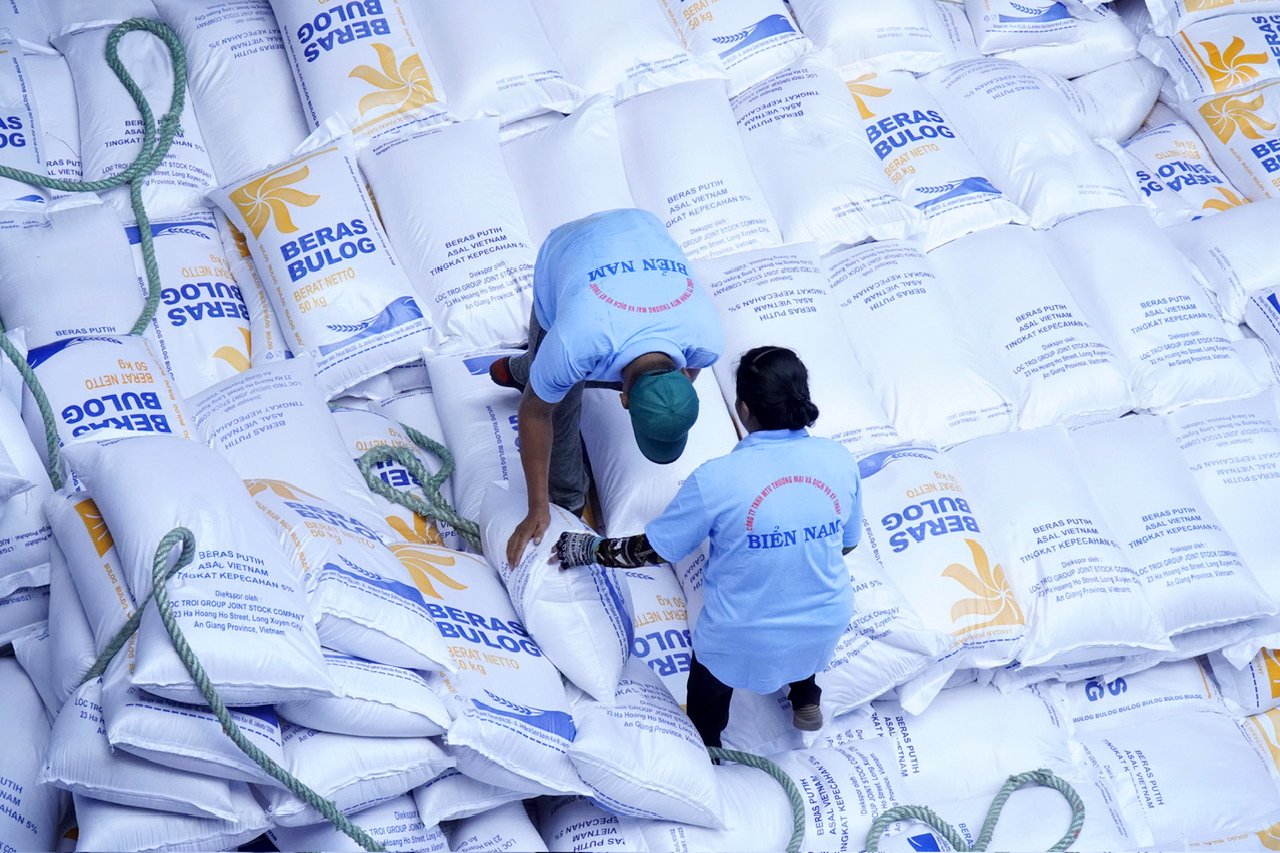
The quality of Vietnamese rice currently meets the requirements of every market around the world, which is an encouraging sign. Photo: Le Hoang Vu.
According to data from the General Department of Customs, Vietnam exported 6.12 million metric tons of rice between the start of the year and September 15. This volume surpasses the corresponding period of the previous year by 1.1 million metric tons, reflecting a 21% increase. Consequently, the total export turnover has reached 3.35 billion USD, which is an increase of 37% compared to the same period in 2022
Vietnamese rice has recently benefited from a competitive edge in the export market due to constraints in the supply from prominent rice-exporting countries. However, it is essential to acknowledge that this advantage may not be a sustainable fixture. Mr. Nguyen Van Thanh, Director of Phuoc Thanh IV Production and Trading Company Limited, asserts that the initial months of the year witnessed favorable conditions for rice exports, as demonstrated by constrained supply and increasing demand.
However, the ability to capitalize on this opportunity has been reserved for only a few businesses. This limitation is primarily attributed to the unpreparedness of numerous rice export businesses, which failed to secure their sources of supply in advance. Consequently, when market demand soared, these businesses found themselves rushing to procure raw materials, resulting in supply shortages and substantial price hikes. Many companies had previously established contracts at lower price points but were subsequently compelled to purchase raw materials for processing at considerably higher rates, resulting in significant financial losses.
According to the Ministry of Agriculture and Rural Development, the nationwide rice production area in Vietnam reached 7.1 million hectares in 2023, with an average yield of 6.07 tons per hectare, resulting in a total production of over 43.1 million tons. This marks an increase of 452,000 tons compared to that of 2022. With the aforementioned expected rice yield, Vietnam can potentially export over 7.5 million tons of rice in 2023.
The Mekong Delta region, which supplies more than 90% of the rice for export, houses a total rice production area of 3.8 million hectares across three crops, with a yield of 24 million tons of rice. This reflects a growth of over 416,000 tons compared to 2022.
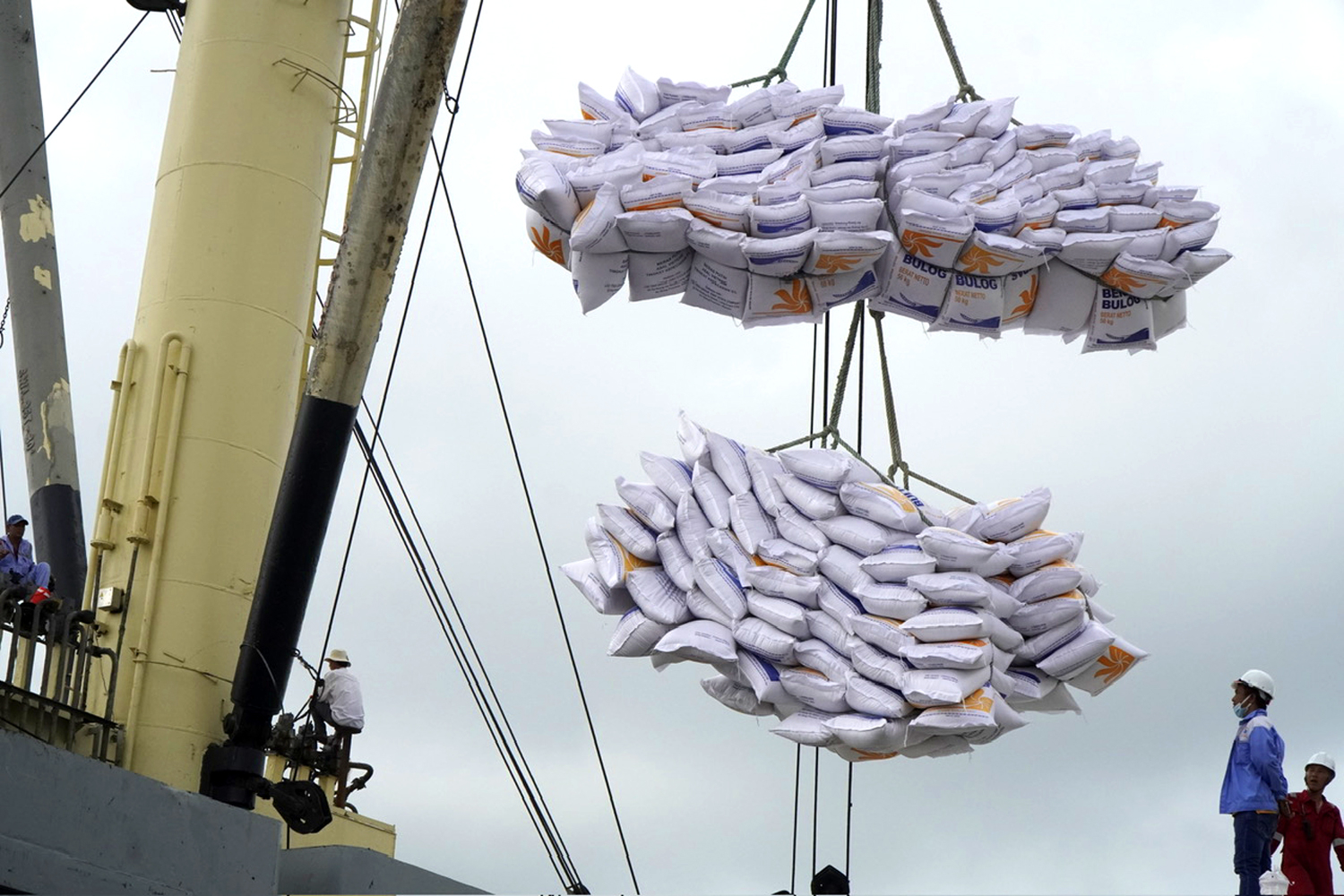
The one million hectares of high-quality rice program will solve the challenge of connecting various links in the supply chain, ensuring a reliable source of high-quality raw materials at an affordable cost. Photo: Le Hoang Vu.
Regarding the supply and demand dynamics for rice exports in the remaining months of the year, Mr. Le Thanh Tung, Deputy Director of the Department of Crop Production under the Ministry of Agriculture and Rural Development, stated that market demand remains high due to limited supply, primarily driven by India's rice export ban. Indonesia has also exhibited substantial demand for rice imports in 2023. Additionally, there is a possibility that the Philippines may reduce its rice import tax from 35% to 10%.
"At present, Vietnam's rice export supply is dwindling. Therefore, rice prices are likely to remain high, ranging from 7,800 to 8,200 VND per kilogram, until India lifts its export ban," remarked Mr. Tung.
Mr. Nguyen Van Thanh emphasized that India, as a major rice exporter, holds a market share of over 40%. India exported more than 21 million tons of rice to various markets in 2022. However, due to concerns related to the El Nino phenomenon and its impact on food security, India imposed a ban on the export of non-basmati rice starting from July. Consequently, this abrupt decision led to a decrease in supply and an increase in export prices.
India's ban on the export of non-basmati rice presents an opportunity for other rice-exporting countries, including Vietnam. However, this advantage may only be temporary. Starting in October, India will enter its main rice harvesting season, and when the production of rice rebounds, there is a strong possibility that India will lift its export ban. Subsequently, the usual white rice products from other exporting countries will face fierce competition with India's equivalent, and it may be challenging to maintain the current high selling prices.
According to Deputy Minister of Agriculture and Rural Development Tran Thanh Nam, with a focus on developing a sustainable rice production sector, the Ministry of Agriculture and Rural Development has proposed and received approval from the Prime Minister for the implementation of the program "Sustainable Development of 1 Million Hectares of High-quality Low-emission Rice Production in the Mekong Delta Region until 2030." Currently, the Ministry is collaborating with various local governments to implement this program. The 1 million hectares of high-quality rice program aims to address the challenges related to supply chain integration, ensuring a source of high-quality raw materials at affordable prices, and most importantly, promoting environmentally friendly and sustainable production by employing advanced production processes, reducing the use of pesticides, chemical fertilizers, and minimizing carbon emissions.
In specific details regarding the "1 Million Hectares of High-Quality Rice Cultivation" program, Mr. Le Thanh Tung, Deputy Director of the Crop Production Department, has provided the following information:
The project's objective is to reach 500,000 hectares of high-quality rice in the Mekong Delta region by 2025 and expand it to 1 million hectares by 2030. According to the initial draft plan, participating farmers will receive support covering 30% of the costs for purchasing high-quality rice seeds during the first four crops. Additionally, they will be eligible for unsecured bank loans of 20 million VND per hectare per crop. The goal is to achieve an average profit margin of 35% to 40% per farming household.
An estimated capital of approximately 12,000 billion VND is required to realize these objectives. This funding will come from various sources, including 3,000 billion VND from the state budget, 8,400 billion VND from socialized funds, and the remainder from other funding sources.
Translated by Nguyen Hai Long
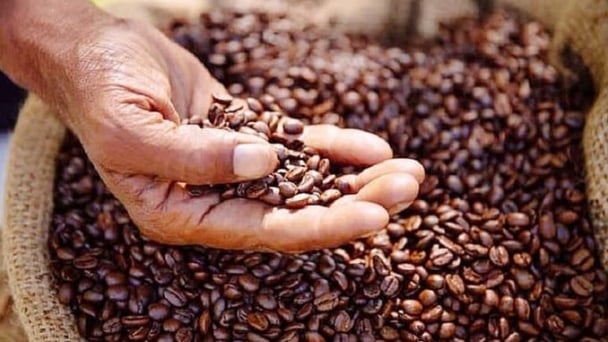
(VAN) Coffee prices on May 20, 2025, surged by VND 2,200, climbing to VND 126,000 – 126,700/kg. Meanwhile, global coffee prices also recorded a sharp increase.
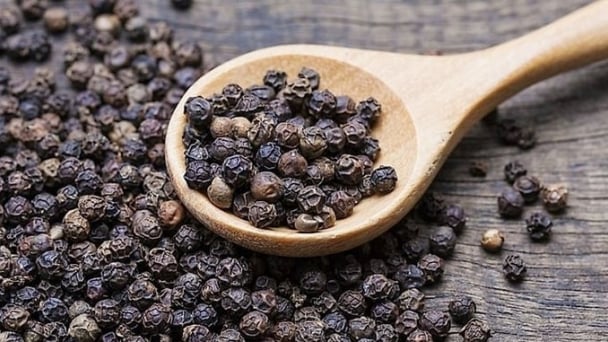
(VAN) Pepper prices on May 20, 2025, dropped by VND 1,000 only in Gia Lai, trading at VND 150,000 – 153,000/kg. Global pepper prices remained unchanged.
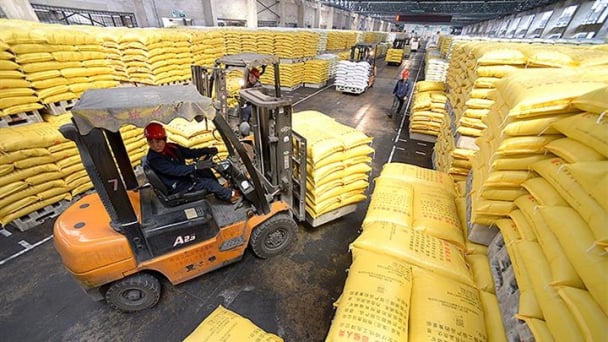
(VAN) Analysts are watching moves out of Asia, particularly with fertilizer.
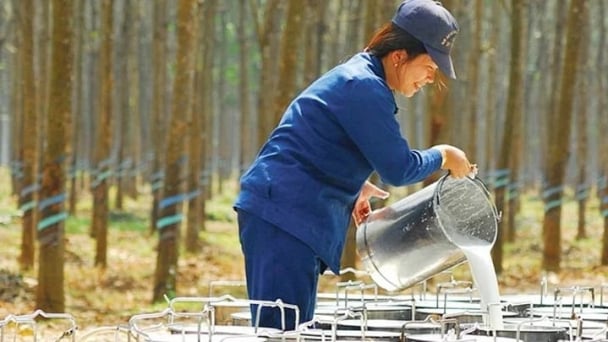
(VAN) Rubber prices on May 20, 2025, show mixed movements on the global market. Domestic latex prices remain stable, trading around VND 397 – 462/TSC.
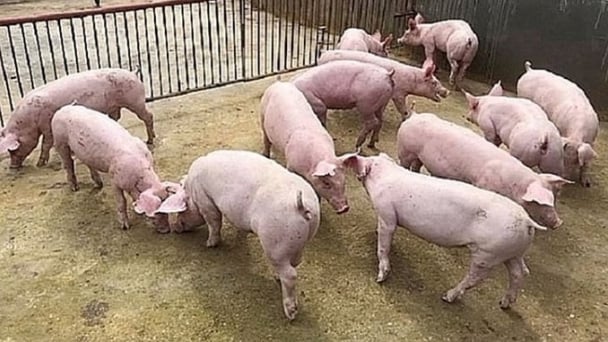
(VAN) Live pig prices on May 20, 2025, fell by 1,000 VND in Binh Dinh and Khanh Hoa. Live pig prices across the 3 regions are trading at 67,000 – 75,000 VND/kg.
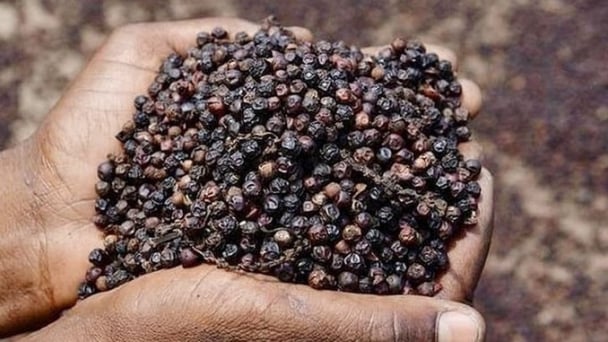
(VAN) Pepper prices on May 16, 2025, fluctuated by VND 500–1,000 domestically, trading at VND 151,000 – 152,000/kg. Global pepper prices remained stable.
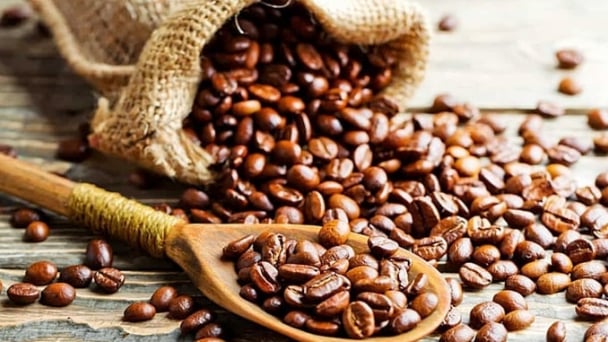
(VAN) Coffee prices on May 16, 2025, edged up by VND 200, trading around VND 125,900 – 126,200/kg. Meanwhile, global coffee prices are showing mixed movements.